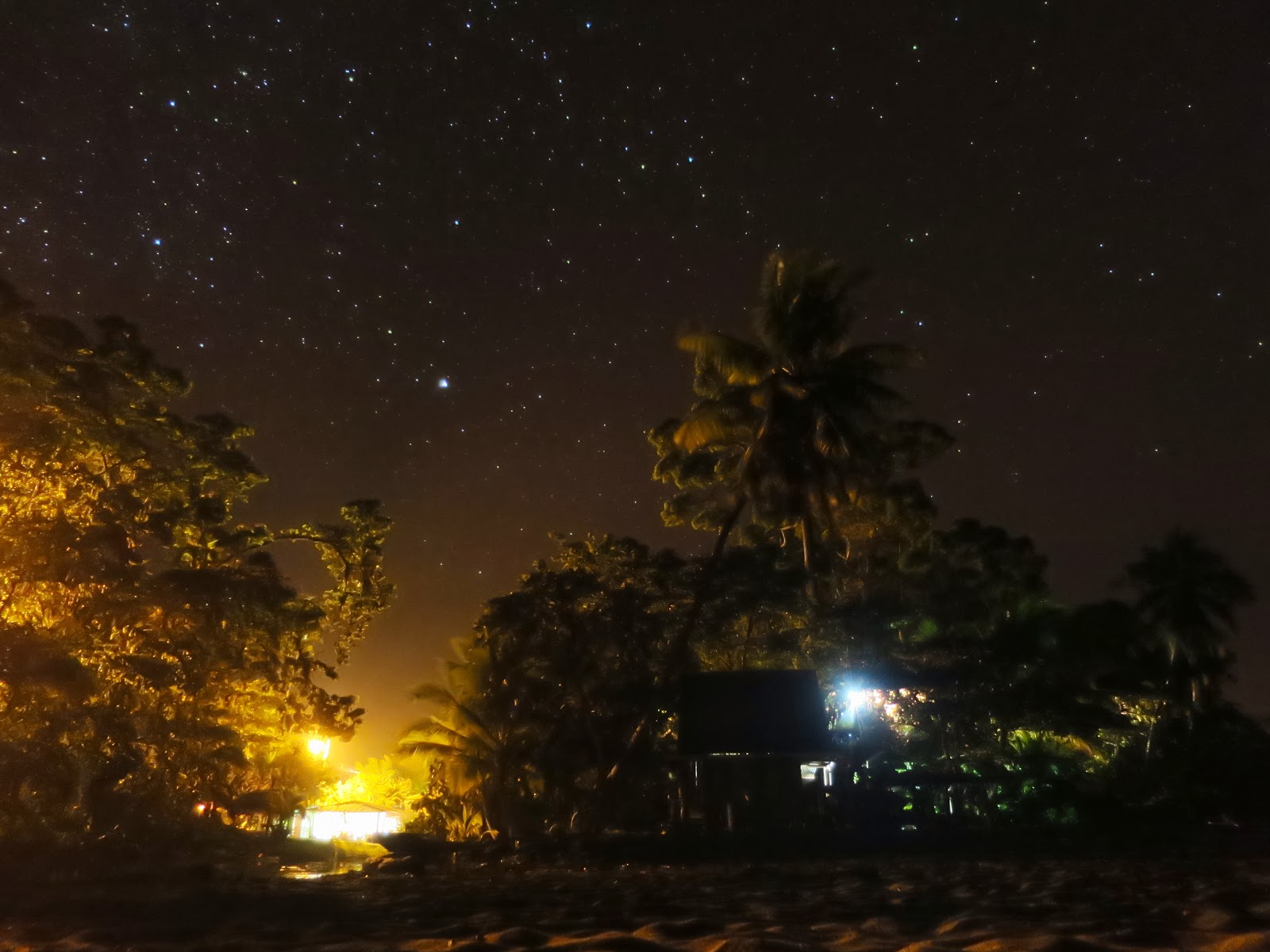We are back in the Netherlands for a week!
And things are already starting to get back to normal..
Our 3-month trip has been amazing. Travelling allowed us to experience that materialism is not the source of happiness, we experienced the warm welcome from family and friends of our friends (mi casa es
tu casa), we saw how the environment is being destroyed in rapid pace (most countries)
yet also kept clean and beautiful (Costa Rica).
From corruption, to high crime and
poverty rates: this area of the world has a lot to suffer. Yet, you can see lots
of hope and courage in their people. Many environmentally friendly and green
energy initiatives are starting up everywhere.
We brought home better Spanish and an Open
water diving certificate, a new playlist in Spotify called “Trinidad Carnival -
Soca Music 2014” and an ambition to keep on kiteboarding... And travelling!
Last but definitely not least, we would
like to thank Alvaro, Mario and Ayisha and their
families and friends for the great hospitality. The welcome and friendliness has been amazing in their home
countries.
This is the last blog of our trip. Thanks
for reading and following us!
Some
interesting figures from our 3 months:
No. of country visited: 8 (Mexico, Belize for ½ day - transit only,
Guatemala, Honduras, Costa Rica, Panama, Curacao, Trinidad&Tobago)
No. of volcanoes climbed: 3 (2 in Guatemala
and 1 in Costa Rica)
Hottest Place: Quepos in Costa Rica
Coldest Place: Monteverde in Costa Rica
Highest Point: Quetzal Trail in
Panama (2500m)
Southest Point: David, Panama
Best experience: swimming
through natural pools in gorgeous Semuc Champey, Guatemala (see picture above :) )
The worst experience: being rejected to enter Nicaragua while having the proper visa
Best Hotel: Quinta de Las
Flores in Antigua, Guatemala
Biggest rip off: a shitty hotel in
Puerto San Jose, Guatemala (they charged us EUR 60 during a holiday weekend,
while it normally costs EUR 10). Luckily a free Steve Aoki concert made up for it :)
Best city: Antigua, Guatemala
Worst city: La Ceiba, Honduras
Best Party: a tie between Carnival in Trinidad and the Hardwell concert in Guatemala City
Favorite drink: For Kendy – Mango Batido;
for Daniel: Angostura – rum from Trinidad.. and of course the coffee!!
Best meal: Grilled self-caught fish in Progreso,
Mexico
Coolest animals we've seen: hard to make a selection between... Tapir,
Agouti, Coati, Peccary, Sloth, Howler monkey, Squirrel monkey, Spider monkey, White-faced monkey, Toucan, Quetzal, Scarlet Macaw, Humming Bird, crazy colored Frogs, Crocodile, Iguana, Snake, Turtle, lots of coral fishes... Too many!
Our favorite meal & drink :)

















































